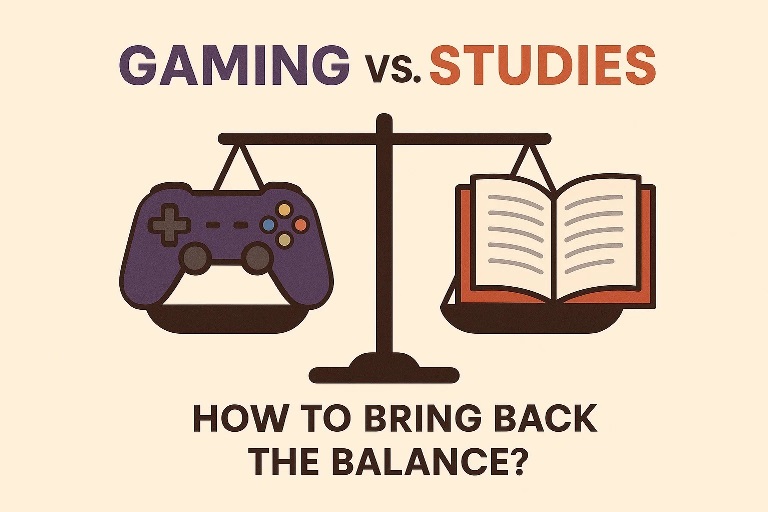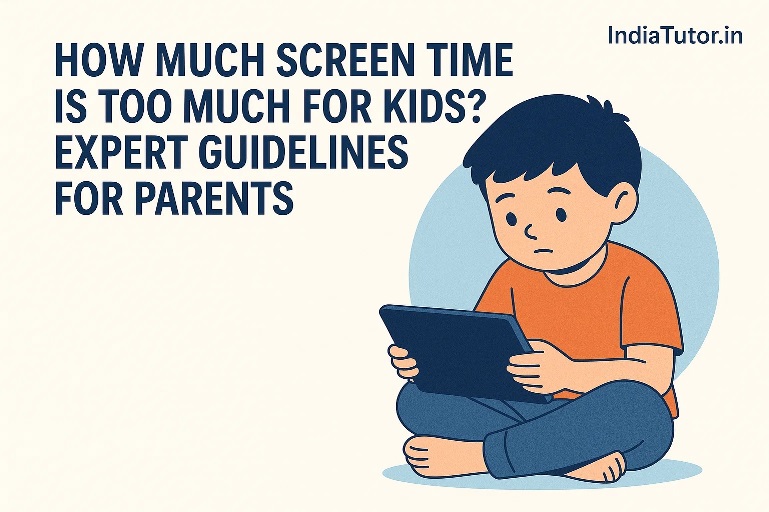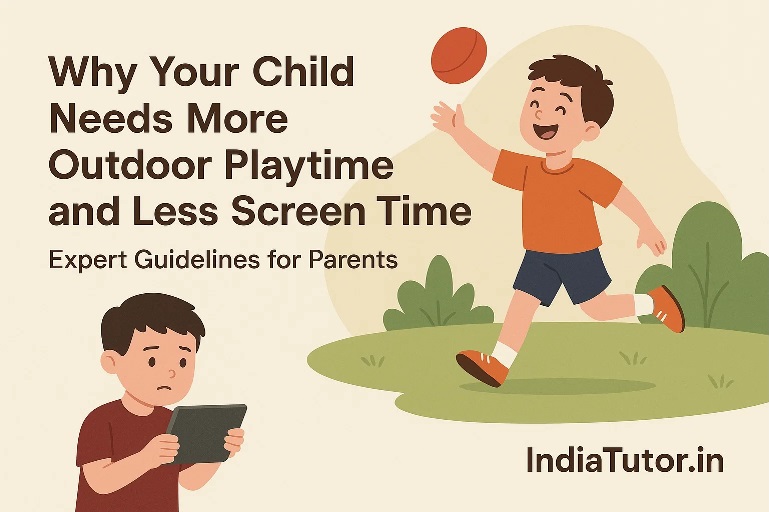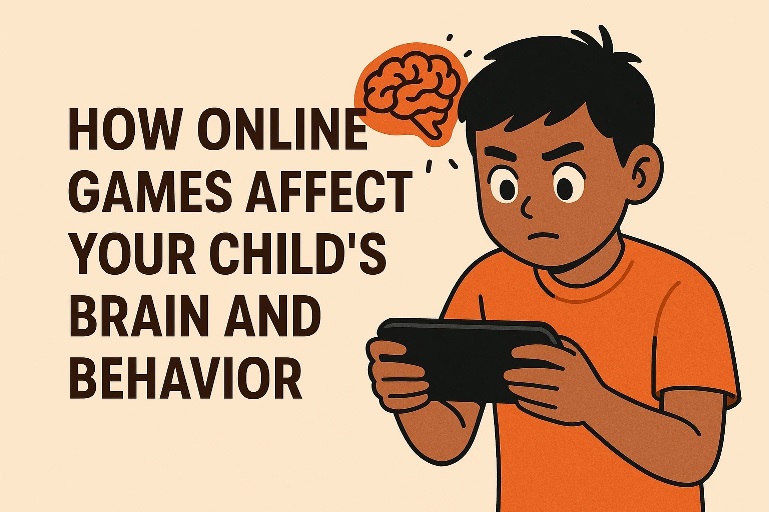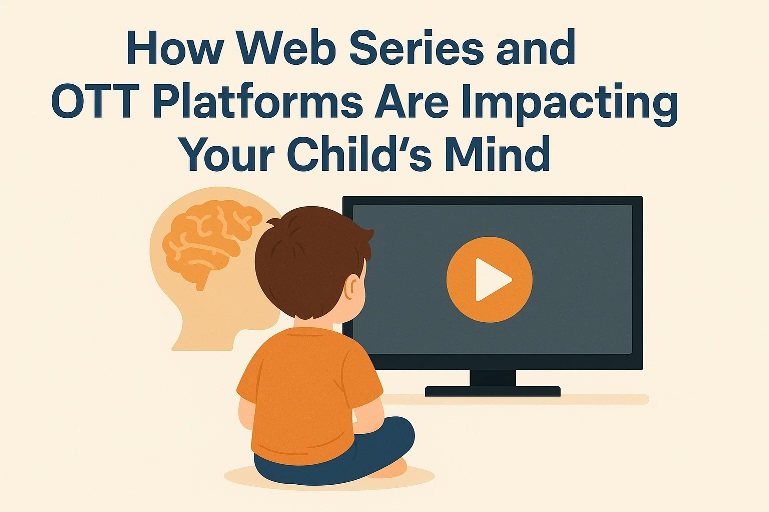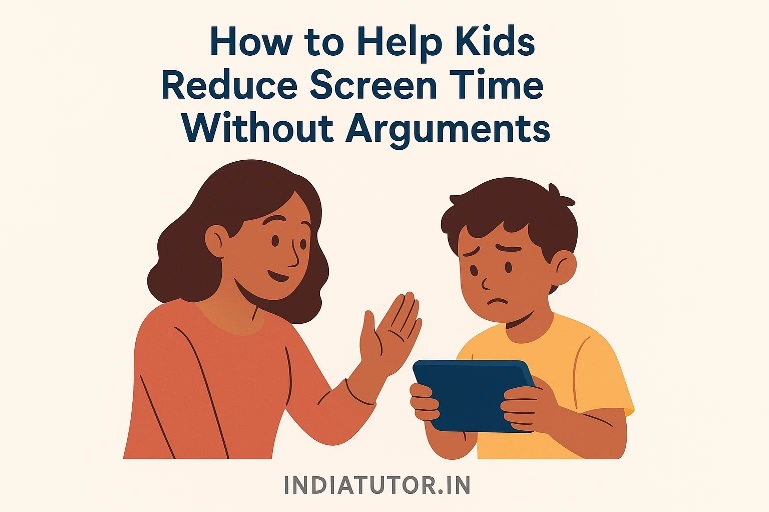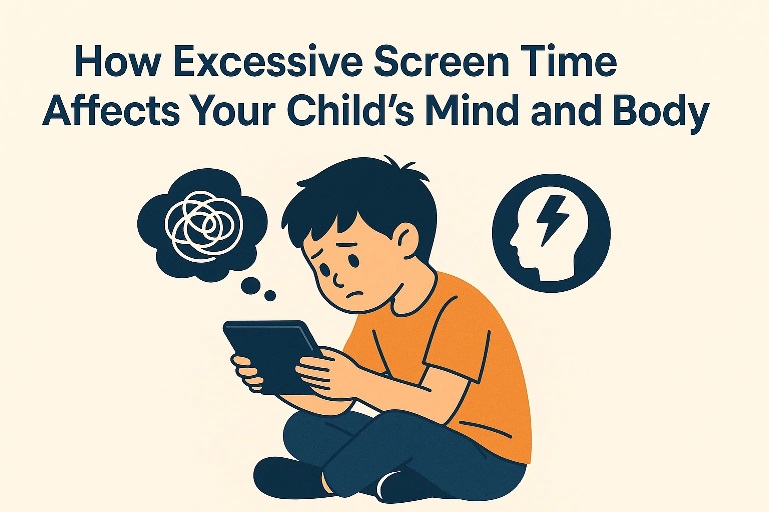In recent years, the term “couch potato kids” has become increasingly common. It refers to children who spend excessive amounts of time sitting or lying down, mostly engaged with screens such as televisions, computers, tablets, or smartphones, and who engage in little to no physical activity. This trend is concerning for parents, educators, and health professionals alike because physical inactivity during childhood can have serious short- and long-term consequences.
Why Are More Kids Becoming Couch Potatoes?
The rise in sedentary behavior among children is linked to the rapid increase in screen-based entertainment. According to a report by the World Health Organization, more than 80% of adolescents worldwide do not meet the recommended levels of physical activity. In India, studies suggest that urban children spend an average of four to six hours a day on screens, often replacing outdoor play or exercise.
Several factors contribute to this pattern. Urbanization has reduced safe outdoor spaces for children to play. Academic pressure often limits free time for physical activity. Moreover, the growing popularity of mobile games, streaming platforms, and social media makes it easy for children to stay glued to their screens.
The Consequences of Sedentary Lifestyle in Children
Physical inactivity has both physical and psychological effects on children. Physically, it increases the risk of obesity, poor cardiovascular health, weak muscles, and impaired bone development. Data from the Indian Council of Medical Research shows a rising trend in childhood obesity in Indian metros, a condition linked closely to sedentary behavior.
Psychologically, inactivity can affect mental health, leading to increased risks of anxiety, depression, and low self-esteem. Lack of physical activity also impairs cognitive function, attention span, and academic performance. A study published in the Journal of Pediatrics found that children who engage in regular exercise perform better in memory and learning tasks.
How to Get Couch Potato Kids Moving Again
Encouraging children to be more active requires consistent effort from parents, teachers, and communities. Here are practical steps that can help:
-
Limit Screen Time
Set clear and reasonable limits on the amount of time children can spend on screens daily. The American Academy of Pediatrics recommends no more than two hours of recreational screen time for children older than two years. Encourage screen-free times during meals and before bedtime. -
Create a Routine with Physical Activity
Incorporate at least 60 minutes of moderate to vigorous physical activity into the child’s daily schedule. This can include walking, cycling, playing sports, or even active household chores. Making it part of the daily routine helps form healthy habits. -
Encourage Outdoor Play
Outdoor games stimulate physical, social, and emotional development. Parks, playgrounds, and open spaces offer ideal environments. Even simple activities like playing catch, skipping rope, or cycling can make a difference. -
Make Exercise Fun
Children are more likely to stay active if they enjoy the activity. Dancing, obstacle courses, group sports, or family hikes can turn exercise into a fun experience. Parents can also participate, serving as role models. -
Engage in Group Activities or Classes
Joining local sports teams, yoga classes, or dance groups can motivate children to be more active. Social interaction provides additional incentives to participate and helps build teamwork skills. -
Promote Active Transportation
Encourage walking or cycling to school if safe routes exist. This not only increases physical activity but also teaches independence and responsibility. -
Educate on the Importance of Physical Health
Discuss with children why exercise is important for their health, growth, and happiness. Understanding the benefits can encourage self-motivation.
The rise of couch potato kids is a challenge that reflects broader social changes but one that can be addressed with awareness and proactive measures. Small but consistent steps to reduce screen time and increase physical activity can have a profound impact on a child’s health and future. As parents and educators, it is our responsibility to nurture an environment that encourages movement, play, and an active lifestyle to ensure children grow up healthy, happy, and ready to face the world.
By Nidhi Mehta – Founder – IndiaTutor.in



